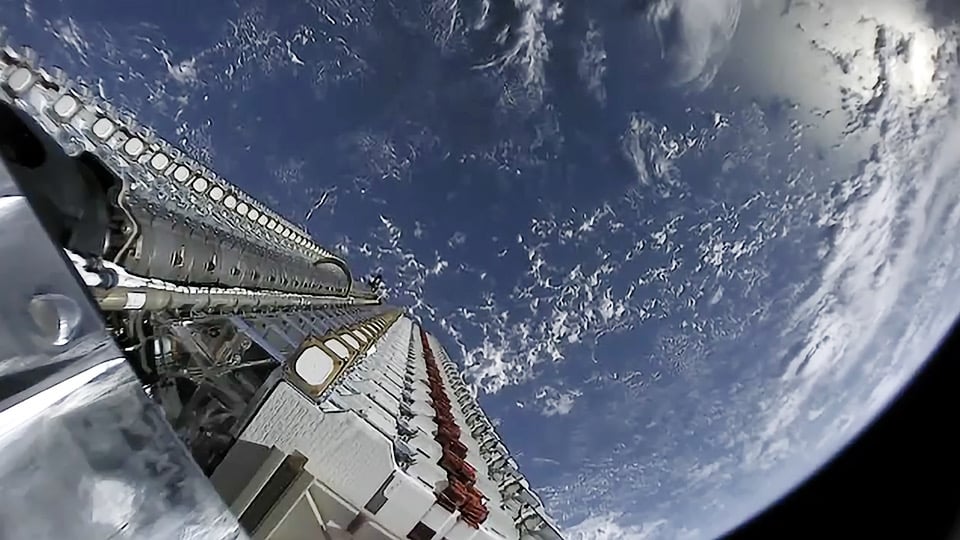
Continue reading

Continue reading

Continue reading

Can waves of gravity be lensed by gravity? A recent study looks for lensed gravitational waves.
Continue reading

Continue reading

Continue reading

Continue reading

Continue reading

Continue reading

Continue reading

Continue reading

In the near future, astronauts could use a handheld electron beam to remove lunar dust from their suits and hardware.
Continue reading

The first total lunar eclipse of 2021 occurs early next week and features the largest Full Moon of the year.
Continue reading

According "cyber farmer" Max Justice, a solution to the growing problem of space junk and toxic chemicals could come in the form of mycelium fibers - the stuff that makes up mushrooms!
Continue reading

Continue reading

On the 60th anniversary of the famous Drake Equation, a new study considers whether or not it is still of value to the search for extraterrestrial intelligence (SETI)
Continue reading

Continue reading

Continue reading

Continue reading

Blue giant stars have a convective core that allows them to shine much longer.
Continue reading

Continue reading

Continue reading

Continue reading

Continue reading

Continue reading

Data from the Gaia satellite is so precise, it might be able to detect cosmic gravitational waves.
Continue reading

Using data from the Gaia Observatory, a team of Russian scientists have concluded that a star will make a close flyby of our Solar System in 1.32 million years.
Continue reading

Continue reading

The May Moon Meets Venus and Mercury at dusk en route to eclipse season and more.
Continue reading

Continue reading

Blue Origin has a charitable auction going and whoever makes the highest bid will win a ride to space the New Shepard rocket!
Continue reading

Continue reading

Continue reading

Continue reading

Continue reading

Continue reading

Continue reading

Continue reading

Bill Nelson, a former astronaut, Senator, and longtime advocate for space, was recently sworn in as the 14th Administrator of NASA
Continue reading

Continue reading

NASA's Ingenuity Mars Helicopter just completed its fourth flight, once again setting records for extraterrestrial flight.
Continue reading

If an alien civilization has a Starlink-like constellation of satellites, we might be able to find them.
Continue reading

Continue reading

Continue reading

On the fifth attempt, SpaceX nailed the high-altitude flight test with a Starship prototype! Onward and upward we go!
Continue reading

If dark matter exists, it could make Jupiter-like exoplanets warmer than we expect.
Continue reading

Continue reading

Using the radio-echo timing technique, a team of researchers have precisely measured the length of a day on Venus
Continue reading

Continue reading

Continue reading


















































